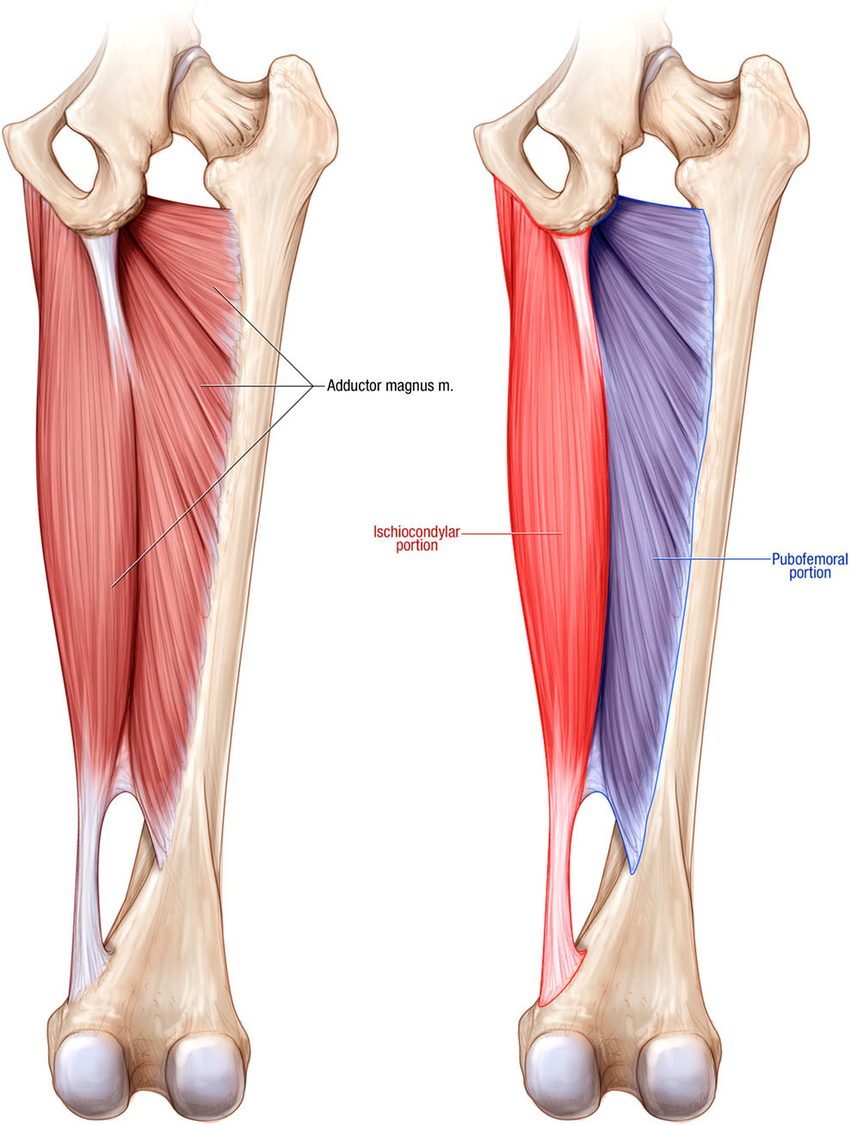3 Exercises For Adductor Mobility
Adductor function is essential for stability.
Flexibility and mobility in the adductor (inner thigh) muscles are essential for a number of movements like martial arts, dance, and squatting where open hips are necessary. Less commonly talked about however, are the stability functions of the adductors.
The abductor muscles like the glutes typically get all of the attention when hip stability is concerned, but the adductor muscles are also vital and can’t be overlooked. They especially have importance in running gait, helping to provide stability of the pelvis and knees.
To watch our video on hip stability from the glutes, click below:
Adductor Anatomy
The inner thigh muscles of the leg are made up of your adductor muscles, that act to pull your leg inwards toward the mid-line when shortening. During a typical roundhouse kick, they lengthen very quickly to allow the legs to move apart.
During a squat, the adductor magnus (particularly the posterior fibres) lengthen under load (eccentric contraction). If they aren’t mobile enough to enter this range of motion, then something else will in its place and that’s how compensations like the buttwink (posterior tilting of the pelvis) can develop.
The adductors have attachments to the pelvis, which is why a neutral spine (slight anterior tilt of the pelvis) requires the adductor muscles to be mobile and strong.
Below are 3 exercises you can use to gain flexibility and strength in the hamstrings.
1. Soft Tissue Work
Soft tissue work on your adductors helps to free movement and make hip and leg movement more accessible.
Option 1: Barbell
Set up a barbell in a squat rack slightly lower than hip height. Place your leg over it so that there is pressure over your inner thighs. You can work from top to bottom on this, starting right in the pelvic attachments, high in the groin, to lower by the knees.Get to a pressure that you are comfortable with and slowly straighten your knees to lengthen the gracilis muscle. Make sure you can still breathe! Slow and steady.
Option 2: Foam Roller or Mobility Ball
Perform this mobilisation the same way you would as above in the barbell version. The difference is that you will need to play around with different positions to get to the same muscle areas with enough pressure.
2. Dynamic Side Stretch
Doing this stretch dynamically while holding neutral spine trains your body to be able to utilise this range of motion in function rather than just accessing this range of motion passively.
Start on your hands and knees. Move one leg out to the side so that it is straight.
Maintain neutral spine and push your hips to the rear.
Repeating while maintaining neutral spine.
3. Active Stretch
This is a form of ‘muscle energy technique’ which aims to relax and lengthen the adductor muscles. We use a combination of ‘reciprocal inhibition’ and ‘post isometric relaxation (PIR)’ techniques to help improve range of motion by influencing the nervous system.
Part 1: Post Isometric Relaxation (PIR)
Move towards end range abduction (legs moving away from midline) until you feel a mild stretch. Place a weight on the inside of each leg as a block.
Take a slow and long breath in as you contract into the block (mildly), activating the adductor muscles (the muscles that are on stretch). Hold this contraction for 10s.
Relax from the contraction as you slowly breathe out.
Enter a slightly greater range of motion than where you started.
Repeat 3 times.
Part 2: Reciprocal Inhibition
With a band, move towards end range abduction until you feel a mild stretch (same starting position as the PIR component).
Take a slow and long breath in as you activate your glutes to pull away from the band resistance into a bigger stretch.
Relax from the contraction as you slowly breathe out, maintaining whatever range of motion you have gained.
Repeat 3 times.
Tight adductors can be a result of weak or unstable glutes.
Watch our video on hip stability here:
Give these a go and let us know how you get on! Don't forget to share the love to somebody working on their adductor mobility!
Author: Laurent Pang
ONI Personal Training | Massage Therapy | Nutrition Coaching



